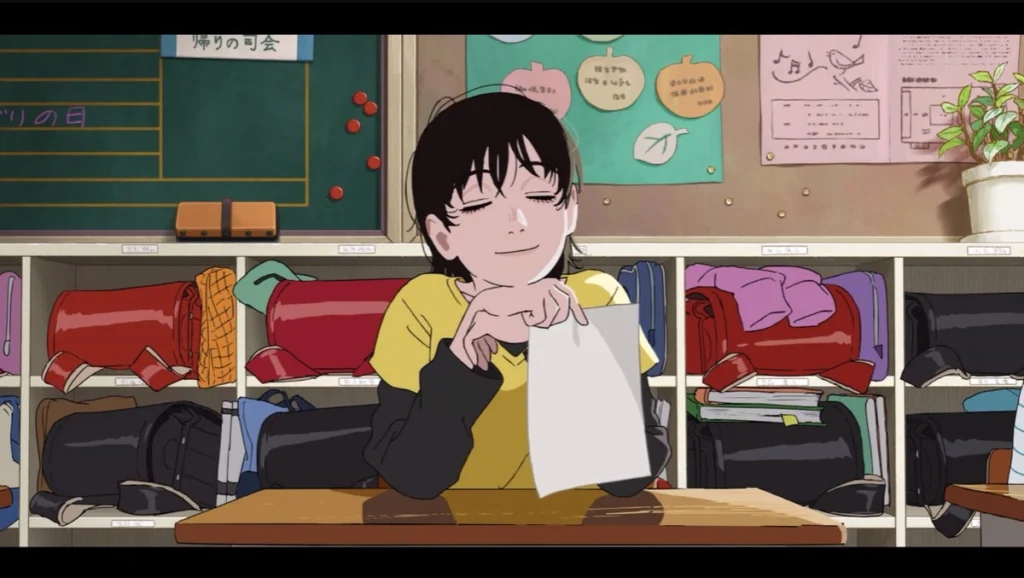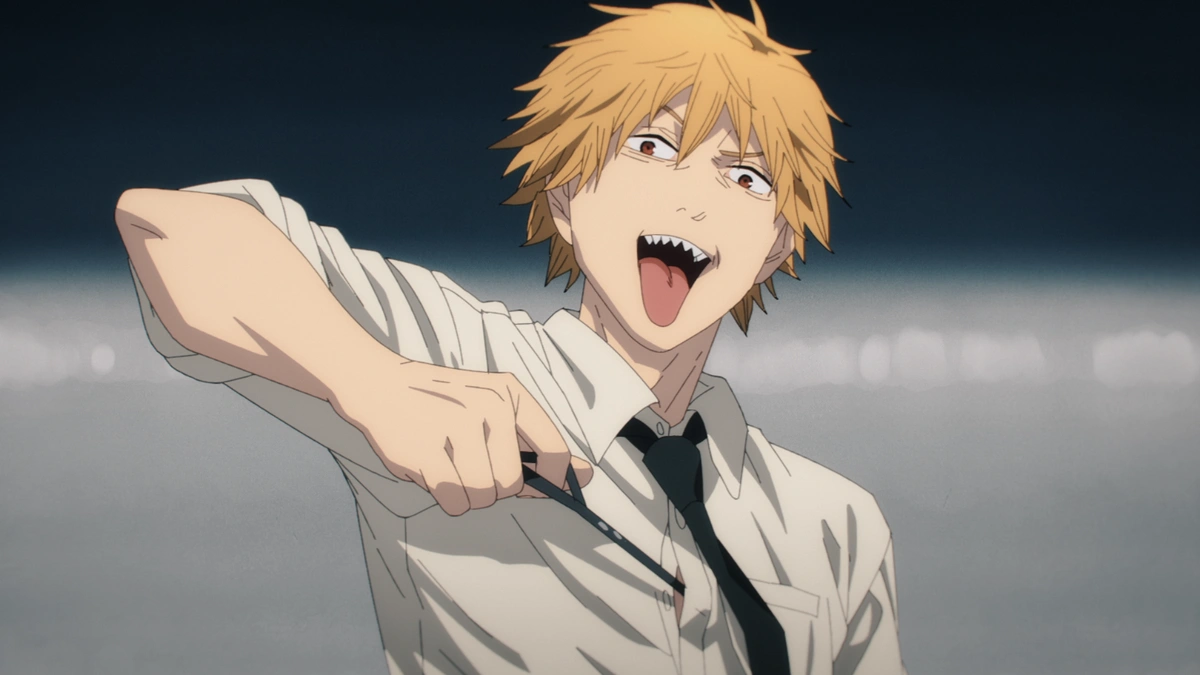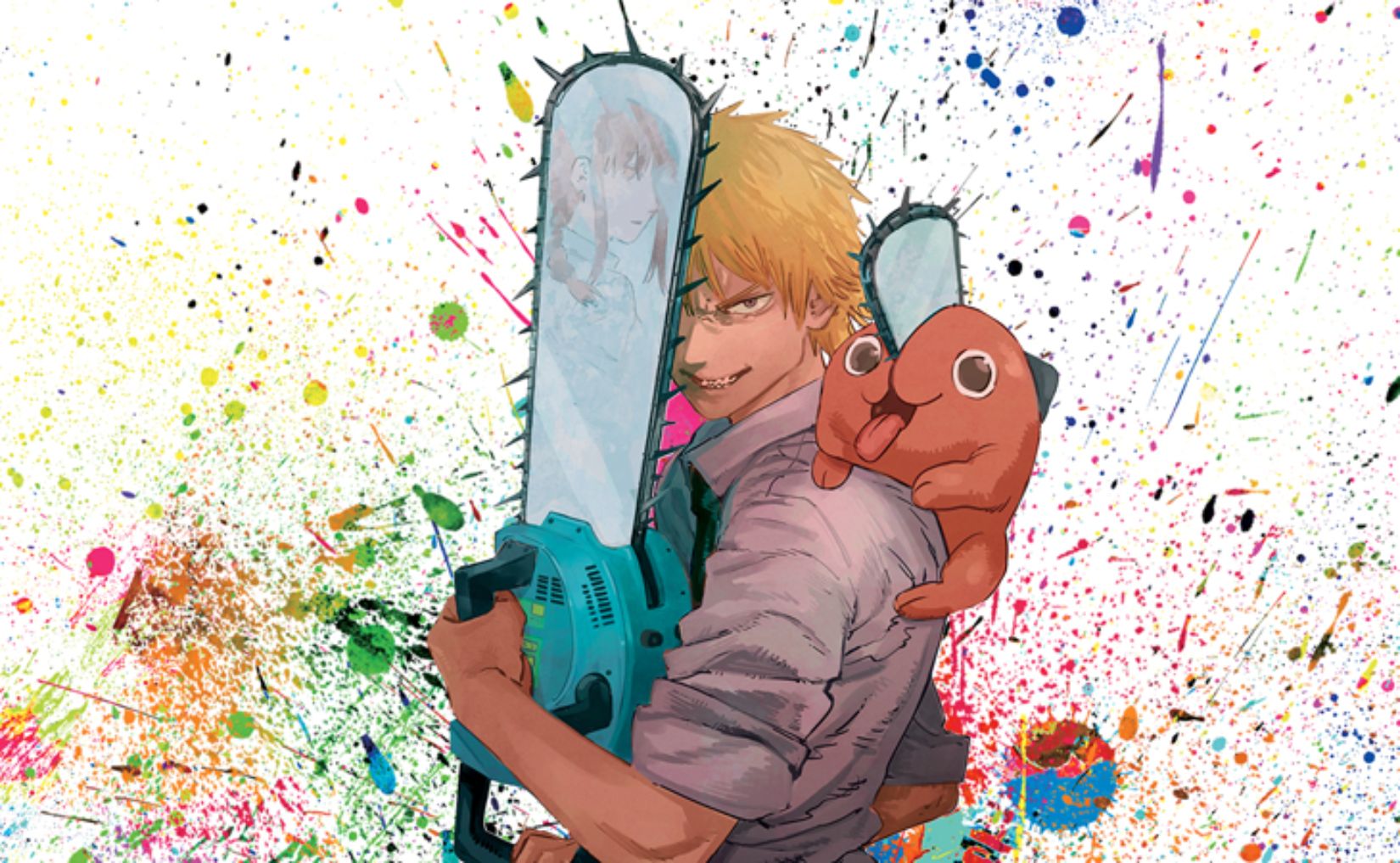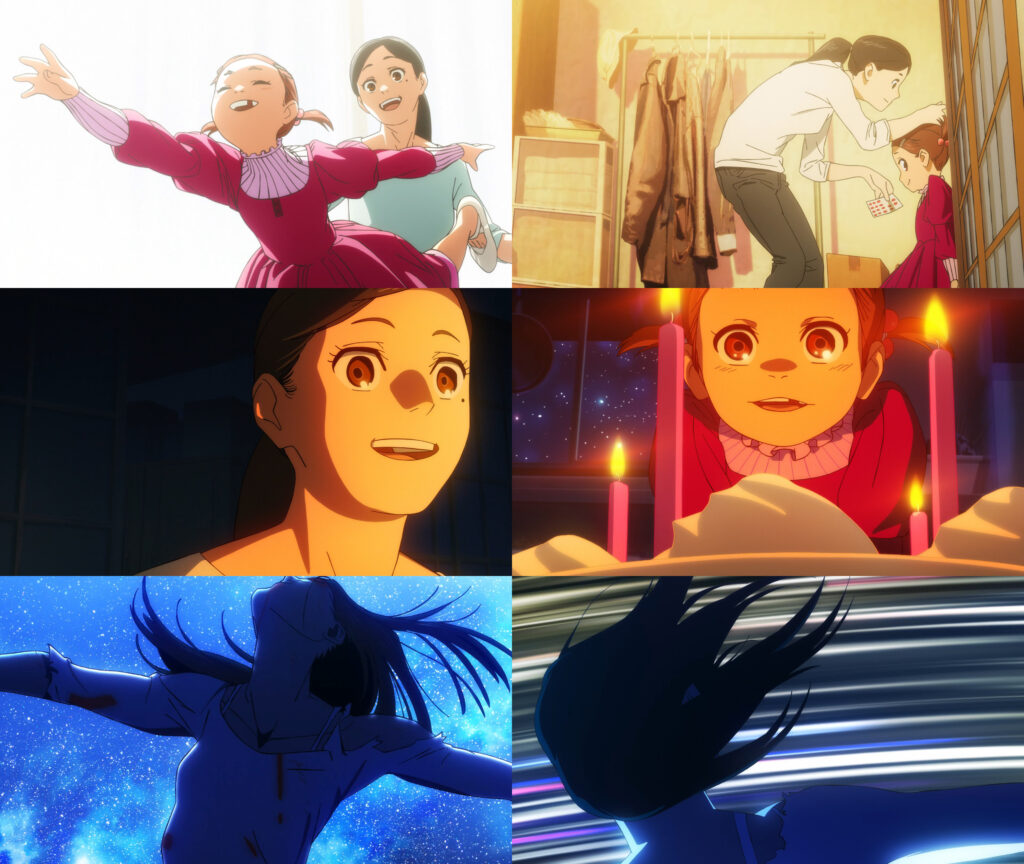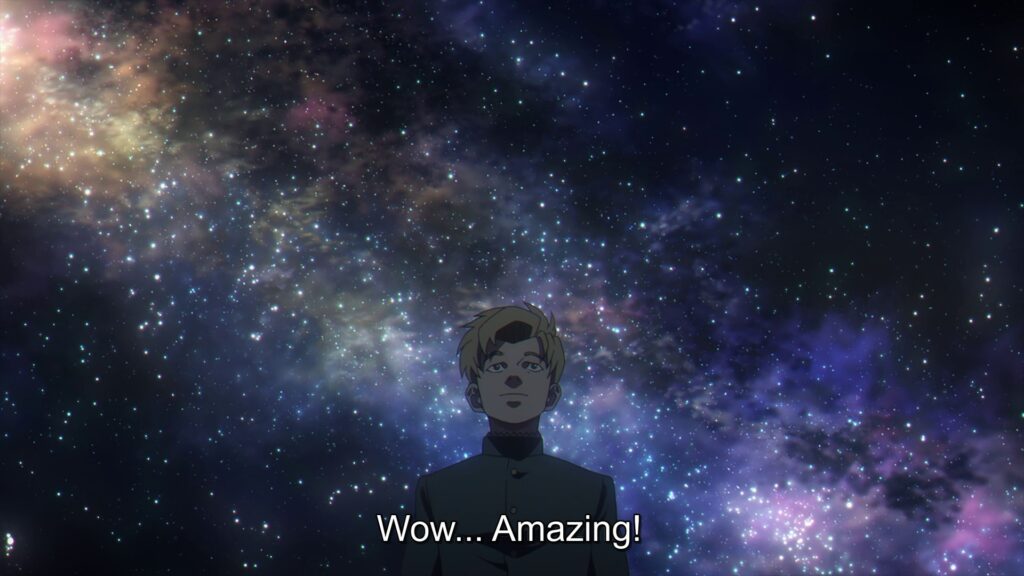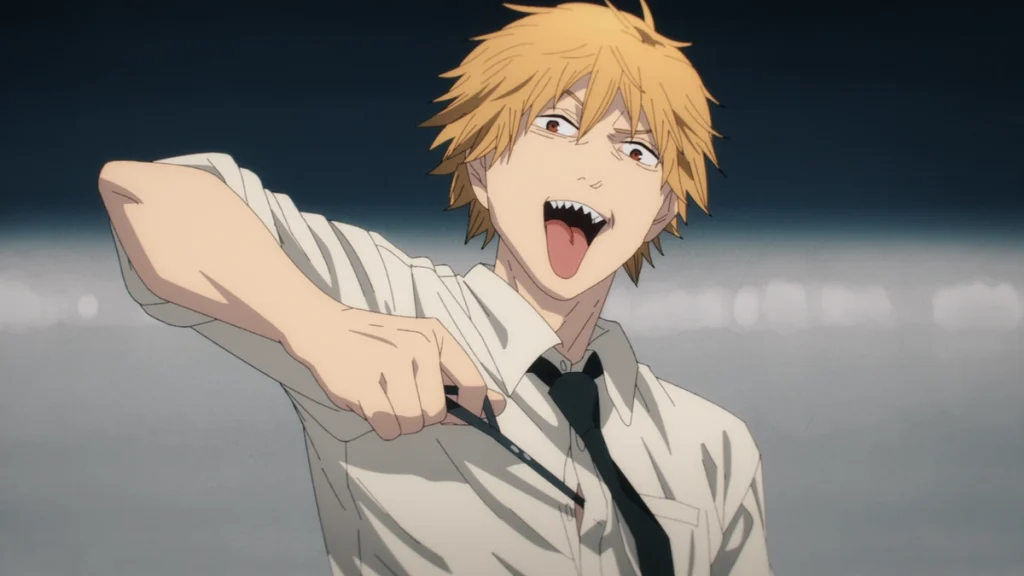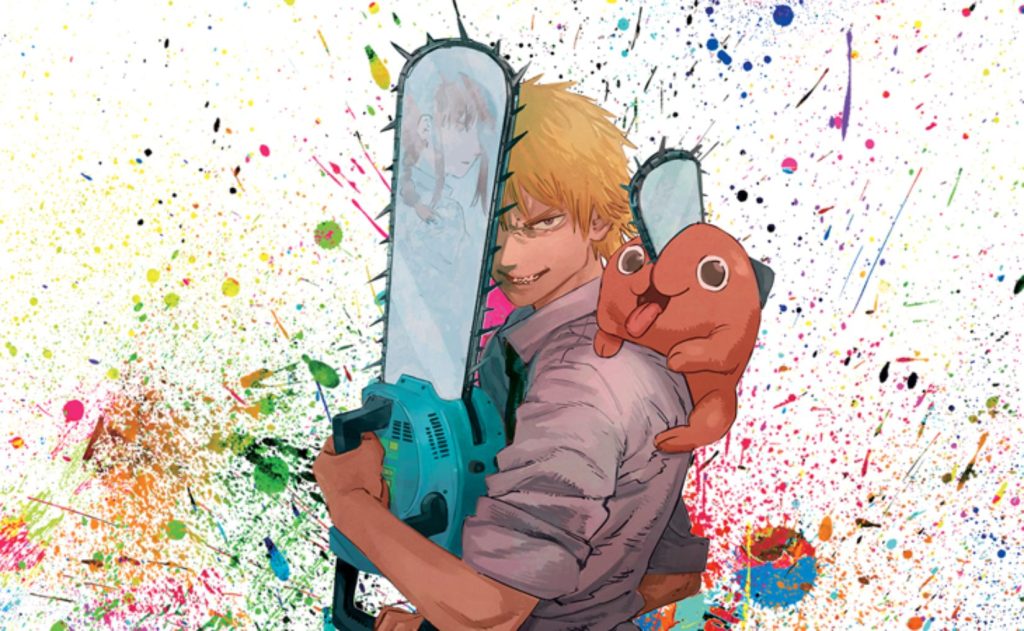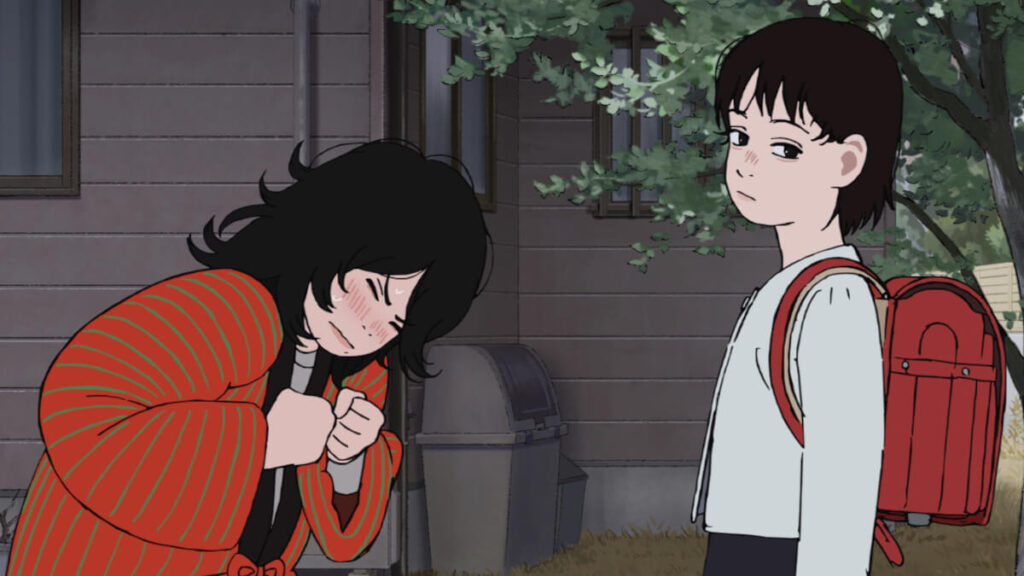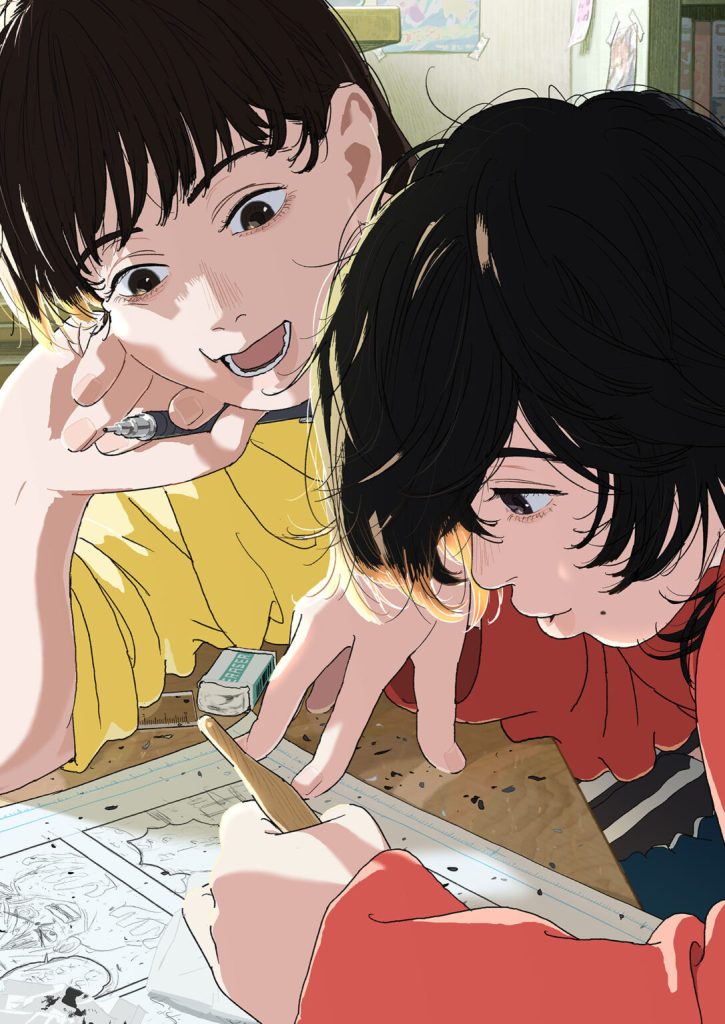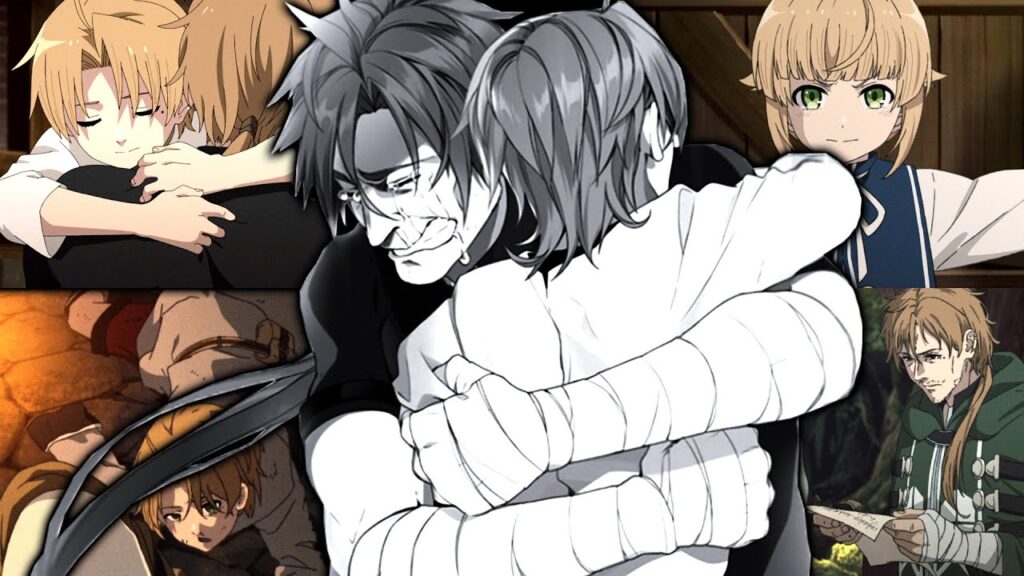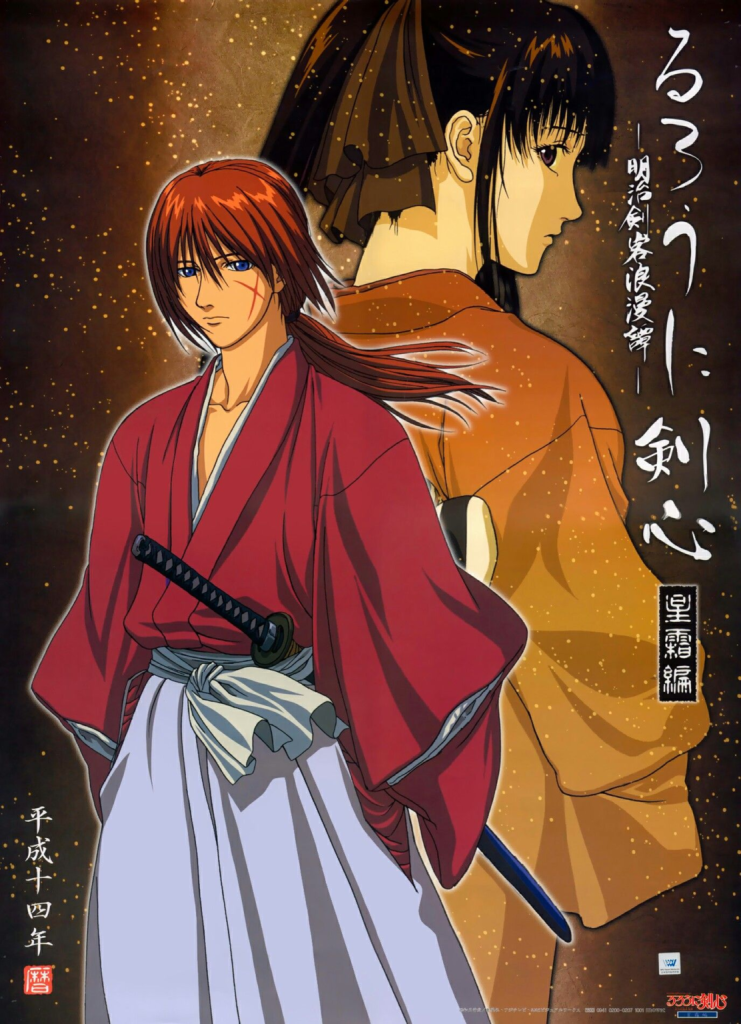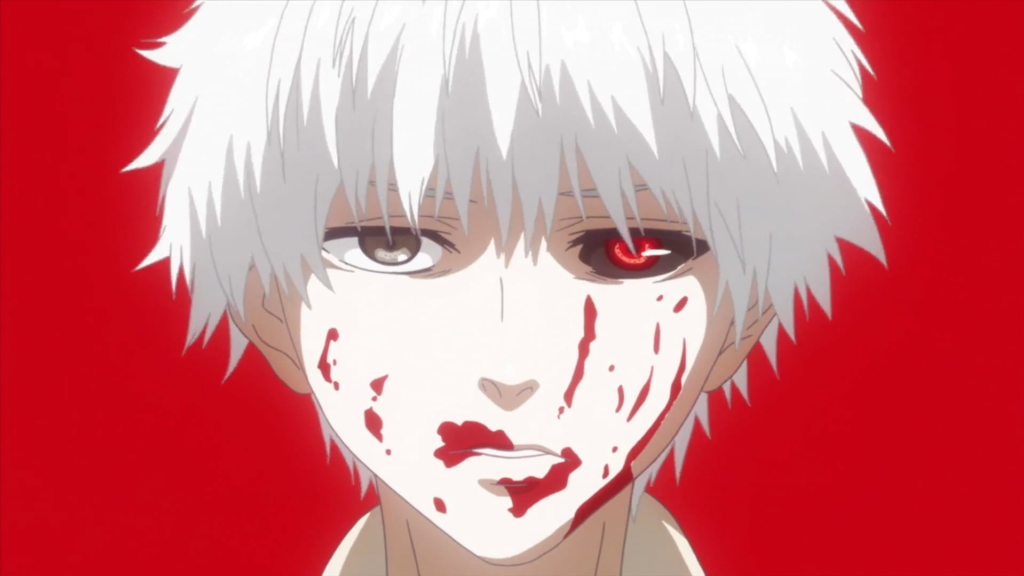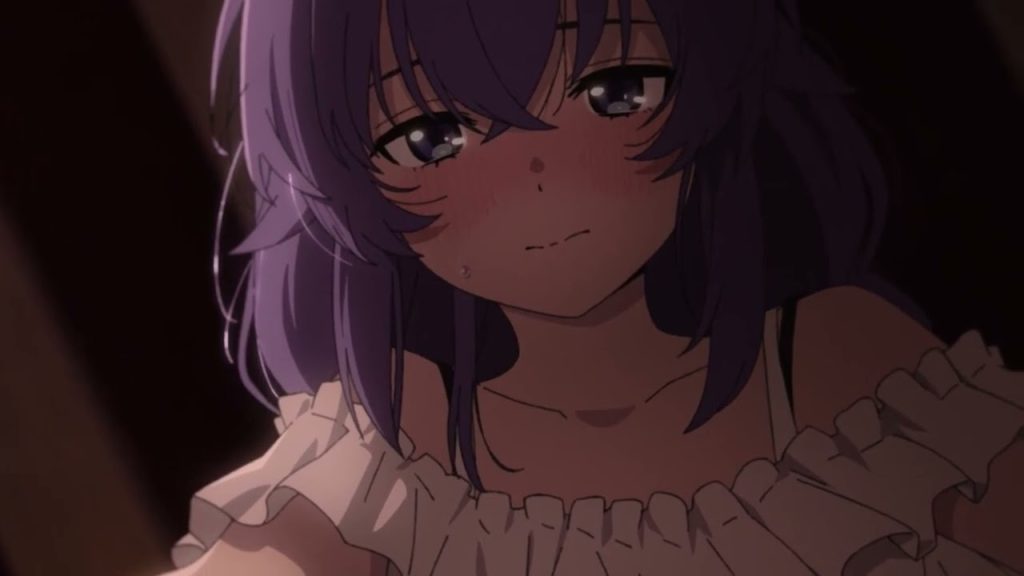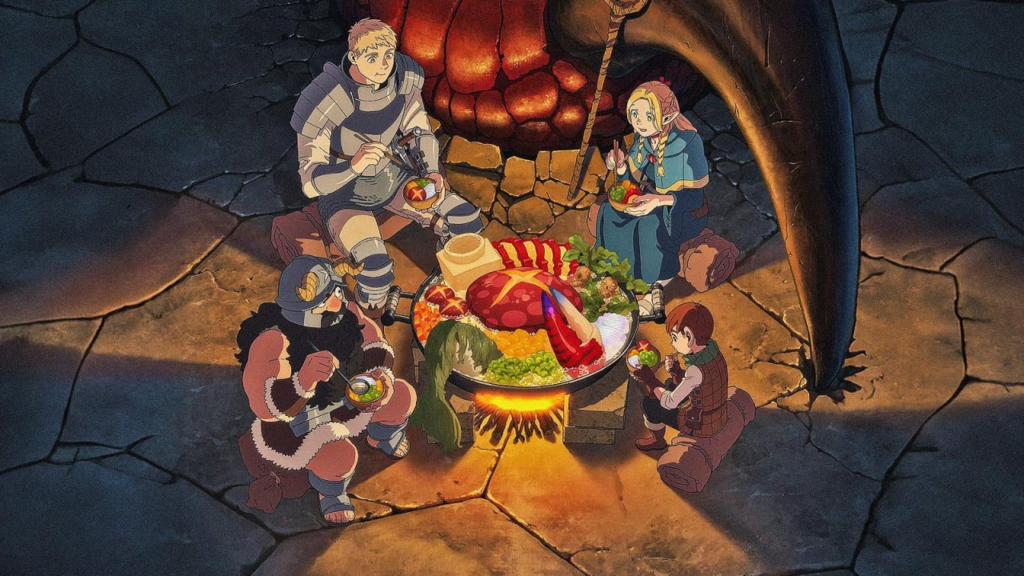“The films you create will reflect who you are, no matter how much you try to hide it.” I felt the weight of Hayao Miyazaki’s words when I stepped into the theater to experience Look Back—a stunning, deeply moving work that traces the career and artistic journey of its creator, Tatsuki Fujimoto.
From the very first scenes of this short film, paired with the naming of its two protagonists, Fujimoto-sensei’s distinct style shines through unmistakably.
Two Sides of a Soul
The two girls, “FUJIno” and “kyoMOTO,” seem to embody opposing facets of the author’s personality. “Fujino” reflects his outward drive—competitive, ambitious, always striving to improve. In an interview with mangaka Hiroaki Samura, creator of Blade of the Immortal, Fujimoto-sensei shared that while studying oil painting at art school, he noticed peers who outshone him. Determined to surpass them, he vowed to outdo them within four years, no matter what it took. “Kyomoto,” meanwhile, mirrors his inner self—perhaps the social anxiety lurking beneath the surface.
Even more telling is the opening scene: Fujino’s simple comic panels spring to life, echoing Fujimoto-sensei’s signature storytelling—familiar to readers of Chainsaw Man or any of his works. Picture this: “A couple rides a bike down the road, only to crash in a sudden traffic accident. Before departing this world, they vow to reunite and rekindle their bond in their next lives. They’re reborn—then a massive meteor slams into Japan, wiping out Earth. The end.” I couldn’t help but laugh when I saw it. Yeah, that’s pure “Fujimoto”—he loves those tragic, offbeat endings, doesn’t he?!
The Power of Art
One early scene I adore—maybe the film’s most meaningful moment—is when Fujino delivers a junior high diploma to Kyomoto’s house. She calls out repeatedly with no reply, so she draws a comic mocking Kyomoto’s shyness. Sure, Fujino could’ve just shouted, “Kyomoto, if you keep hiding in your room, you’ll shrivel up and die!” It’d mean the same thing. But her comic holds far greater weight for Kyomoto—it’s how she knows exactly who’s on the other side of that door. To me, this detail captures the value and strength of visual art. It’s not just a way for creators to send messages to their audience—it’s a bridge to express emotions, perspectives, and inspiration, connecting us to the art form we cherish.
Throughout the film, Fujino’s ambition and Kyomoto’s admiration for her like-minded friend forge a bond—a driving force pushing them to work tirelessly toward becoming mangakas. I see this as Fujimoto-sensei drawing from his own ego and love for art, fueled by sincere encouragement from friends, breaking free from his shell to pour his heart into every panel. But with highs come lows: Fujino faces skeptical looks from peers who see her manga obsession as “kid stuff,” and family worries about whether her path will lead to a stable life. These moments ring true—real struggles any creator bold enough to take this road will recognize.
Triumph and Fracture
Undeterred by the naysayers, Fujino and Kyomoto team up for a young talent manga contest, winning big and earning a shot at serializing a full series. You’d think this early success would tighten their bond, but sadly, Kyomoto splits off to study at university, aiming to become an artist, leaving Fujino behind. This rift, I think, reflects Fujimoto-sensei’s own inner conflicts as he embarked on his serialized career.
From documentaries and interviews with famous mangakas, we know how grueling this job is—long hours at the drawing table, battling deadlines, pushing body and mind to exhaustion. For top-tier titles on Shonen Jump, the stakes are even higher. If a series loses reader appeal or sales dip, it risks getting “axed,” flushing years of effort down the drain. Being a mangaka demands immense physical and mental stamina. Maybe Kyomoto represents Fujimoto-sensei’s doubts: Is this path the right one? Would sticking to oil painting after university have been easier, freer—no crushing deadlines piling up?
A Dark Reflection
Then comes the gut-punch: Kyomoto’s murder by a deranged killer. To me, it’s a stark nod to the industry’s shadowy fears. Many point to the 2019 Kyoto Animation arson—the darkest tragedy in anime history (over five years ago now)—but I think it’s also a personal worry for Fujimoto-sensei. As a globally celebrated mangaka, with Chainsaw Man drawing millions of fans, even a tiny fraction of unstable individuals could pose a threat. We can’t predict what a few might do, and taking such risks seriously isn’t far-fetched.
So, this mangaka life isn’t just demanding and draining—it can be dangerous. Why, then, does he keep drawing? The title Look Back carries dual meanings. First, it’s a reflection on his career—what led him to this craft. Second, it’s “looking behind”—at those who’ve inspired and propelled him forward.
A Thank You to Us
That’s you and me—the readers eagerly awaiting each chapter, showering praise on his storytelling and visual emotion, or simply thanking him, trusting he’ll keep cooking up those wild, unpredictable plot twists we adore.
All this weaves a tender, compassionate message to us, the audience: every artist longs to be loved.
Look Back feels like a “complete package.” It’s short, but it delivers everything—story, characters, animation, music—in under an hour, leaving me with nothing to nitpick. The execution brims with emotion in every frame, from the characters’ expressive faces to their subtle movements. Some say they cried at the end in theaters. Me? I didn’t need to wait that long—halfway through, those powerful feelings were already streaming down my cheeks.
A Creator’s Echo
As someone who crafts content like this, I think I get a sliver of the sentiments packed into Look Back. I’ve asked myself why I keep writing. This hobby doesn’t bring me much gain—if I wanted likes or engagement, I’d just slap some memes online instead of typing long-winded posts for hours. But watching a gem like Look Back reignites a spark in me—a drive to dig deep, to analyze it with the care it deserves. These drawings stir excitement, tension, joy, and awe in me—isn’t that incredible? So, I’ll say it: “Thank you, Fujimoto-sensei, for keeping on drawing!”

